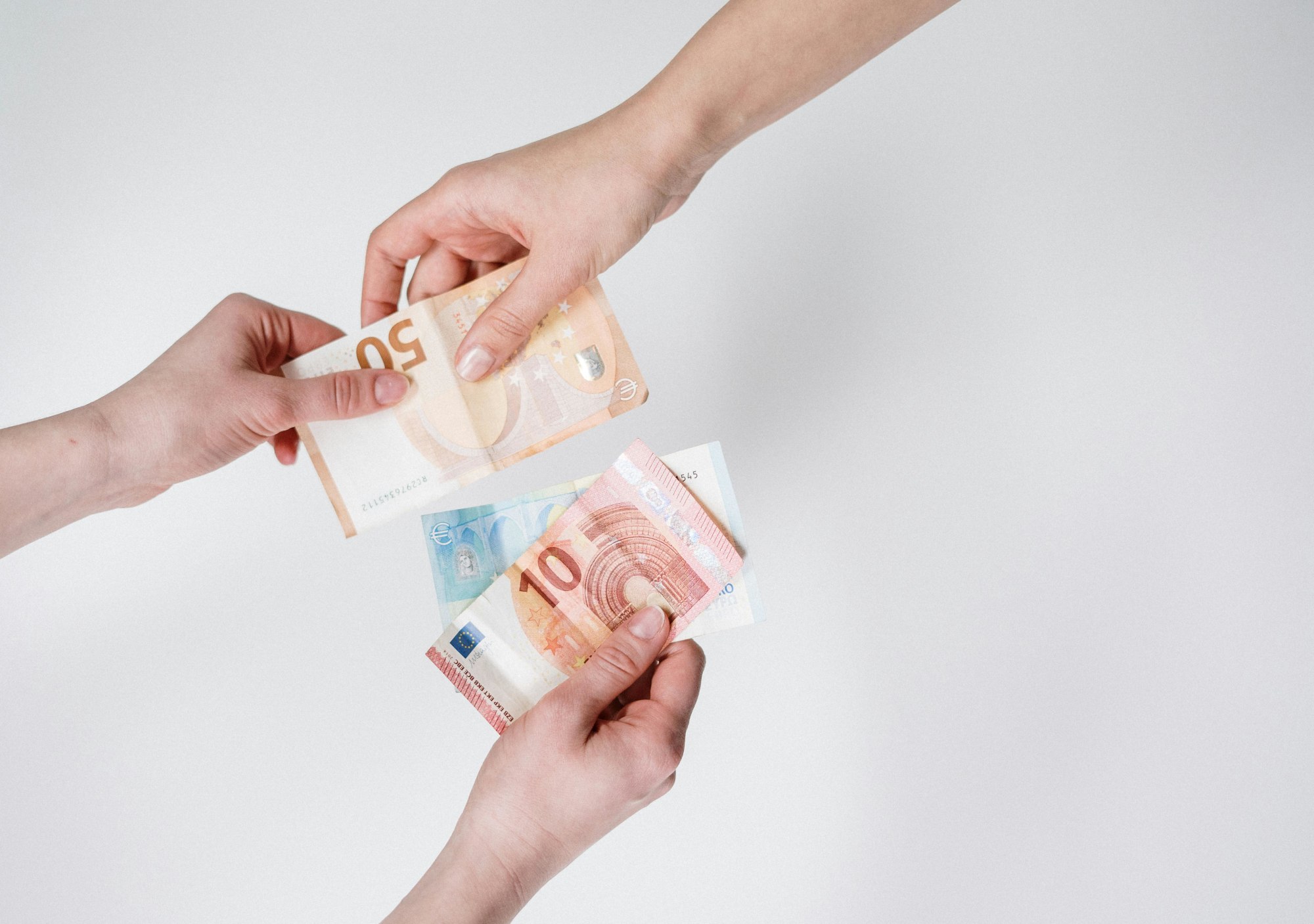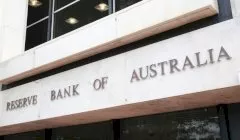Invest
Time value of money (TVM) - what it means
Prudent investment experts agree that “an investor’s time in the market is more important than timing the market”. This notion exhibits the importance of the concept of time in financial principles.
Time value of money (TVM) - what it means
Prudent investment experts agree that “an investor’s time in the market is more important than timing the market”. This notion exhibits the importance of the concept of time in financial principles.

Time is an important factor when determining the value of money. When one invests early, the passage of time can lead to an increase in the initial value. On the other hand, money that is not obtained until a later time may result in opportunity cost or the loss of potential gains.
Here’s a quick discussion of the time value of money to better understand the concept.
What is ‘time value of money’ (TVM)?
The time value of money (TVM) concept indicates that money held in the present is more valuable than the same amount that will be received in the future. This idea is based on the premise that when money is invested today, it has the advantage of increasing in value from investment returns.
Consider a $1 million lottery winner who is given the opportunity to decide whether they will take the full amount right away or after two years. A person could argue that the $1 million would still be the same amount regardless of when the winner cashes it out, but TVM dictates that the $1 million cashed out in the present time is more valuable.

How does that difference in value happen?
If the winner takes the money right away, they can make some well-placed investments and earn from that money—it could even be worth double after two years. However, if they wait out the full two years before taking the money, it would be harder to double the money right away. Even if they double the money after two years using the same investment structure and strategy, the money invested right away could already have doubled again—a total gross value of $4 million after four years.
This concept basically says that the future value of money is equal to its present value plus additional value over time.
Effects of TVM
TVM can help increase the potential value of money held in the present, but how does it work?
The most obvious proof of TVM is with the generated returns on investment, regardless if simple or compound interest is applied.
With simple interest, an investor may simply consider how much they would earn if the principal remains the same. For instance, a five-year $100 bond with five per cent interest would earn $5 each year. After five years—once the bond matures and the face value is paid—the $100 is worth $125.
Investors may also take advantage of the power of compound interest. Compound interest basically means that each interest earned is reinvested and forms part of the new principal amount. This new principal is then used to compute for the next interest payment.
Consider an investment with the same initial values as the example above, but with interest payments reinvested. The investor would earn $5 in interest for the first year. After reinvesting, the principal investment becomes $105, which would generate a $5.25 interest. The reinvestment cycle goes on until the fifth year when the new principal amount of $121.55 earns the last interest worth $6.08.
Through the power of compound interest, the $100 principal investment increased to $127.63 after the five-year period.
How to compute TVM
There are five important values when it comes to computing TVM. These are present value, interest rate, timeline, regular compounding period and future value.
The formula is as follows:
Present value = future value / (1 + (interest rate/regular compounding period)) ^ timeline
The present value stands for the amount of the principal investment. The interest rate may be represented in percentage or decimal. Timeline refers to the number of periods where interest is applied.
For instance, the compounding example in the previous section would look like this:
100 = fv / (1 + (.05/1)) ^ 5
This would translate to: 100 * (1.05) ^ 5 = fv or 100 * 1.27628 = fv.
The formula then returns the future value for the simple interest example as fv = 127.63, rounded off.
As long as four out of five values are present, an investor would be able to compute for what they require in an investment.
This information has been sourced from Pennsylvania State University.
About the author

About the author


Cash
Cash usage in Australia continues to decline as digital payments rise
In the ever-evolving landscape of financial transactions, Australia is witnessing a significant shift away from cash, as revealed by Worldpay's latest Global Payments Report. According to the report, ...Read more

Cash
Navigating the equilibrium: Investor sentiment in the face of equity peaks and diminishing cash reserves
State Street's latest Risk Appetite Index indicates a nuanced shift in institutional investor sentiment during March, with the index reverting slightly towards neutrality. This subtle recalibration in ...Read more

Cash
RBA's November rate hike overshadows Melbourne Cup festivities
In a move that managed to draw attention away from the thrill of the Melbourne Cup, the Reserve Bank of Australia (RBA) has increased the cash rate by 25 basis points to 4.35 per cent, surprising ...Read more

Cash
RBA makes first cash rate call for 2022
The RBA has announced its first rate decision for 2022. Read more

Cash
Cash remains king for many Australians
Demand for banknotes remains high despite a decline in cash transactions. Read more

Cash
Interest rates to rise next year?
Commonwealth Bank has seconded Westpac’s predictions, forecasting that interest rates will rise well ahead of the RBA’s 2024 timeline. Read more

Cash
RBA makes latest official cash rate call
The Reserve Bank of Australia has made its May call on the official cash rate, with the economy said to be a long way from the conditions needed to precede a rate rise. Read more

Cash
RBA puts chatter of an earlier rate hike to rest
The Reserve Bank of Australia has put to rest chatter among investors that conditions for a higher cash rate could be met as early as next year, reaffirming its stance that the rate is “very likely” ...Read more

Cash
Cash usage in Australia continues to decline as digital payments rise
In the ever-evolving landscape of financial transactions, Australia is witnessing a significant shift away from cash, as revealed by Worldpay's latest Global Payments Report. According to the report, ...Read more

Cash
Navigating the equilibrium: Investor sentiment in the face of equity peaks and diminishing cash reserves
State Street's latest Risk Appetite Index indicates a nuanced shift in institutional investor sentiment during March, with the index reverting slightly towards neutrality. This subtle recalibration in ...Read more

Cash
RBA's November rate hike overshadows Melbourne Cup festivities
In a move that managed to draw attention away from the thrill of the Melbourne Cup, the Reserve Bank of Australia (RBA) has increased the cash rate by 25 basis points to 4.35 per cent, surprising ...Read more

Cash
RBA makes first cash rate call for 2022
The RBA has announced its first rate decision for 2022. Read more

Cash
Cash remains king for many Australians
Demand for banknotes remains high despite a decline in cash transactions. Read more

Cash
Interest rates to rise next year?
Commonwealth Bank has seconded Westpac’s predictions, forecasting that interest rates will rise well ahead of the RBA’s 2024 timeline. Read more

Cash
RBA makes latest official cash rate call
The Reserve Bank of Australia has made its May call on the official cash rate, with the economy said to be a long way from the conditions needed to precede a rate rise. Read more

Cash
RBA puts chatter of an earlier rate hike to rest
The Reserve Bank of Australia has put to rest chatter among investors that conditions for a higher cash rate could be met as early as next year, reaffirming its stance that the rate is “very likely” ...Read more








